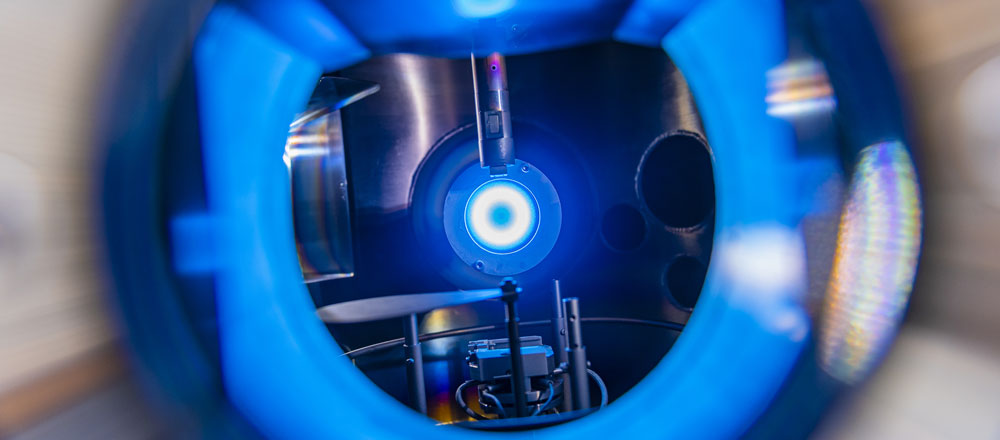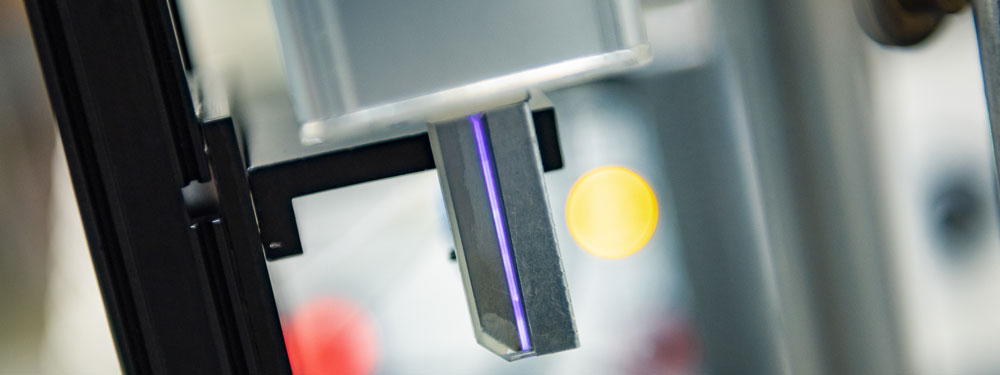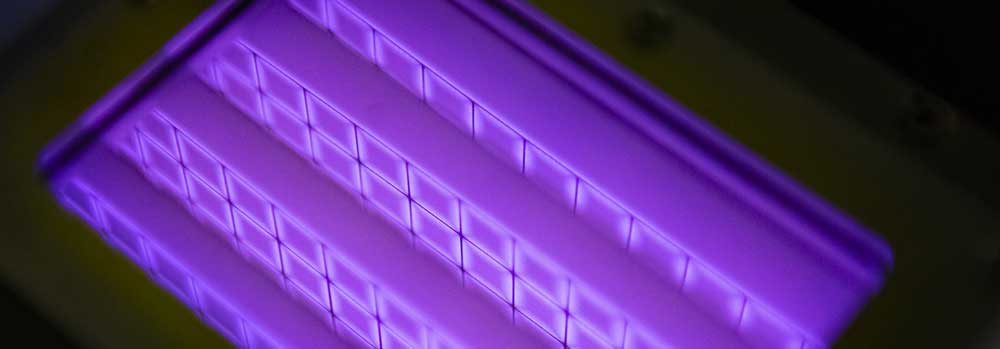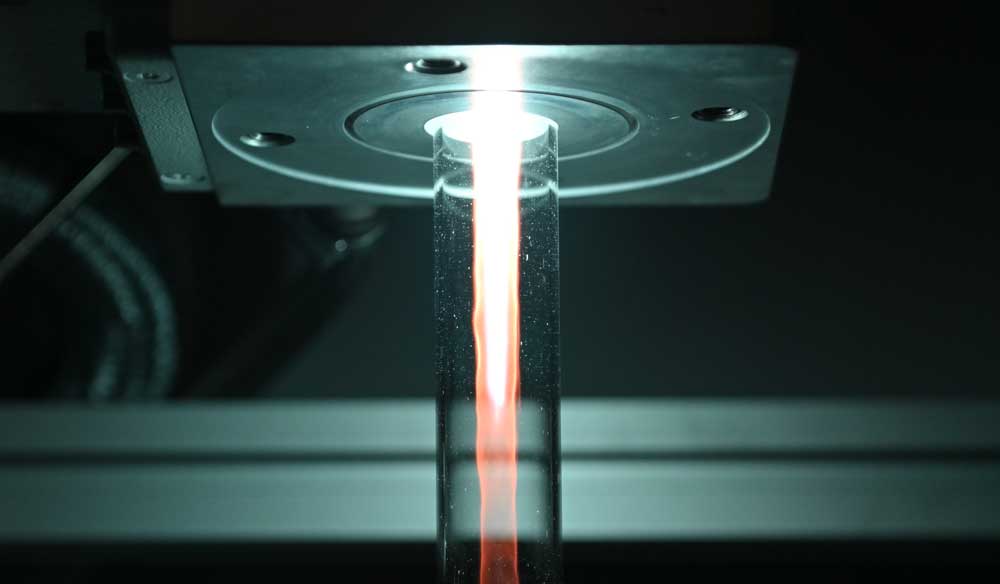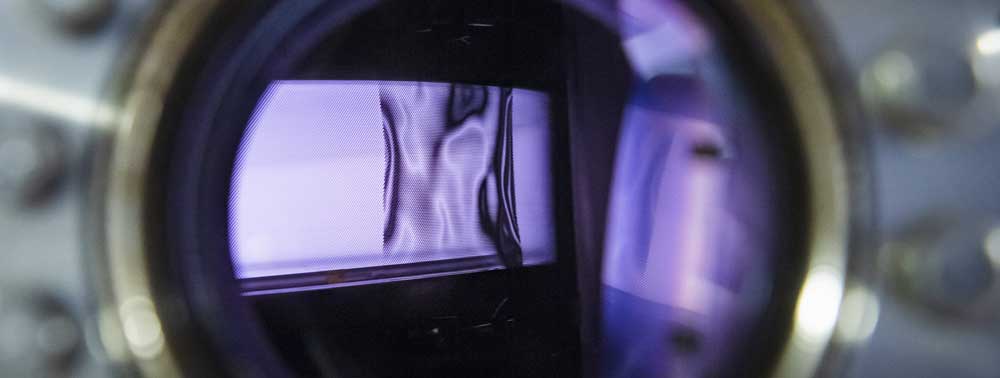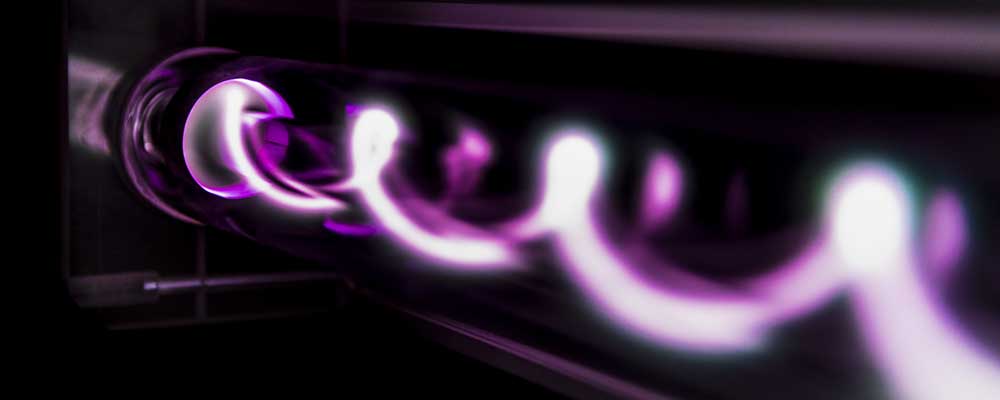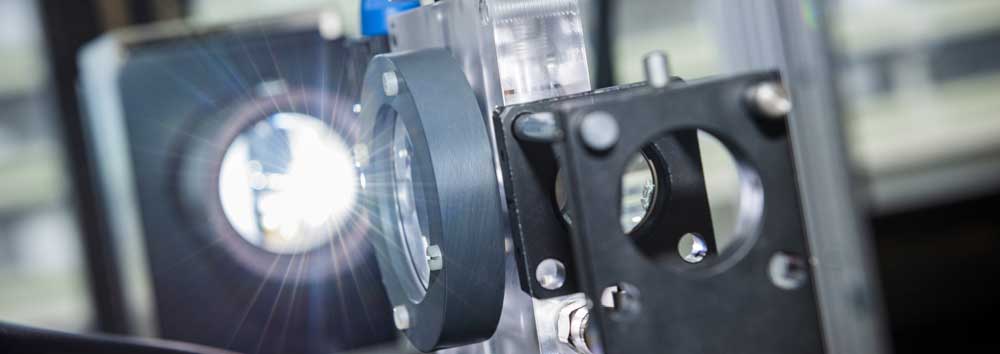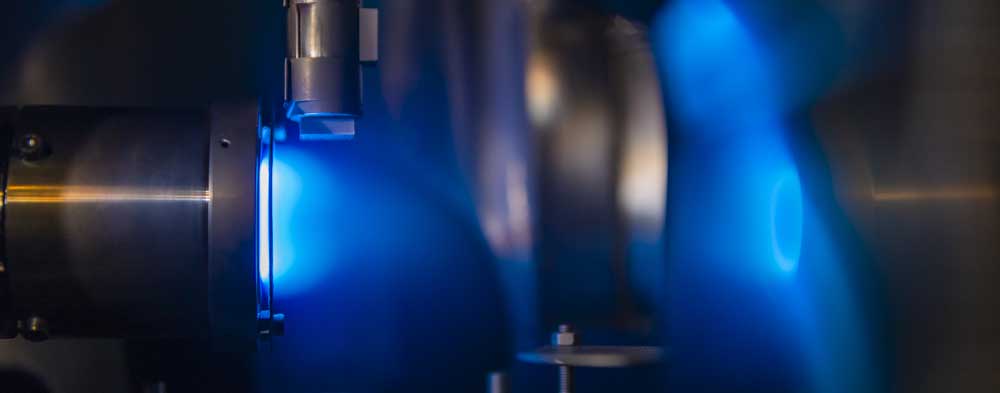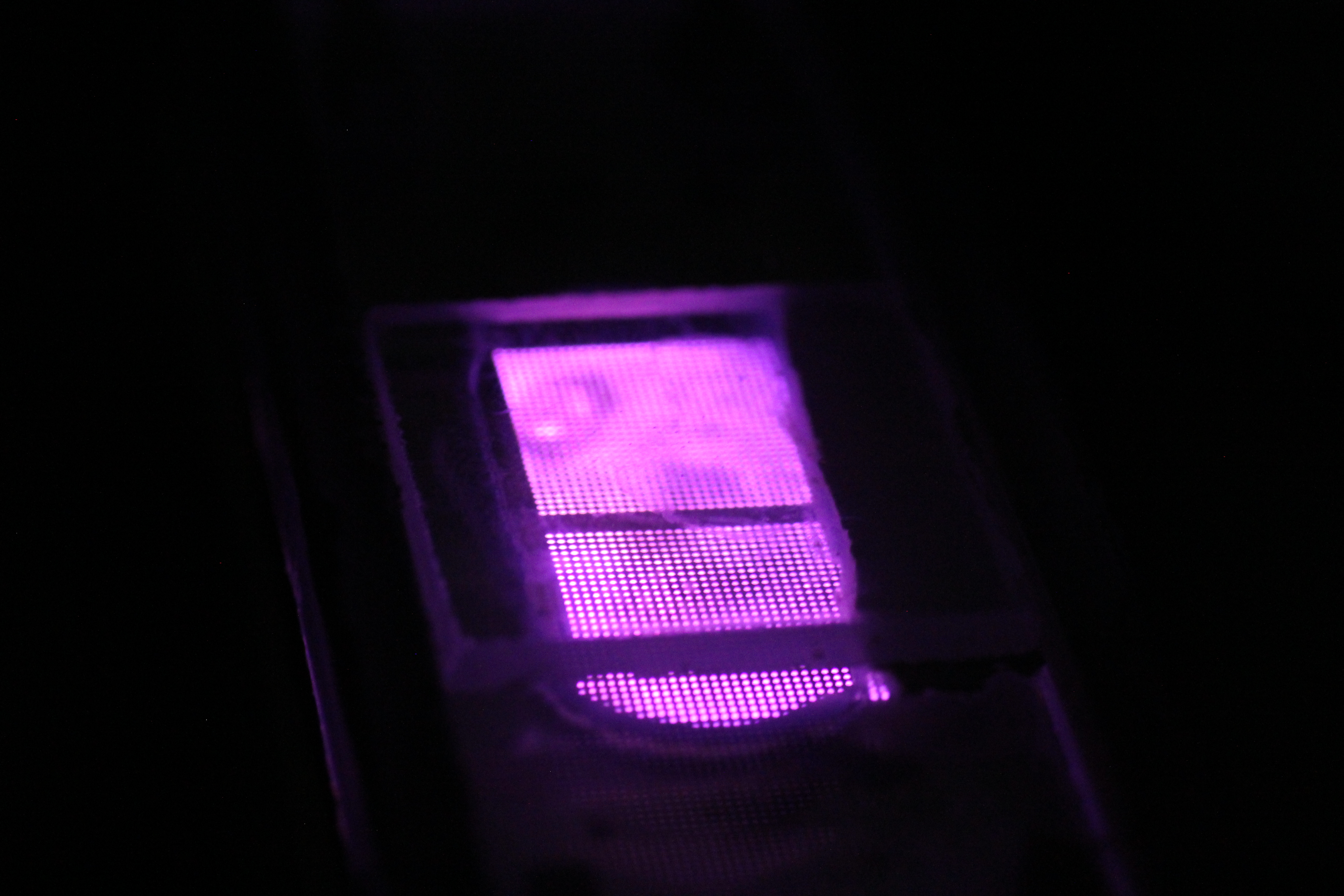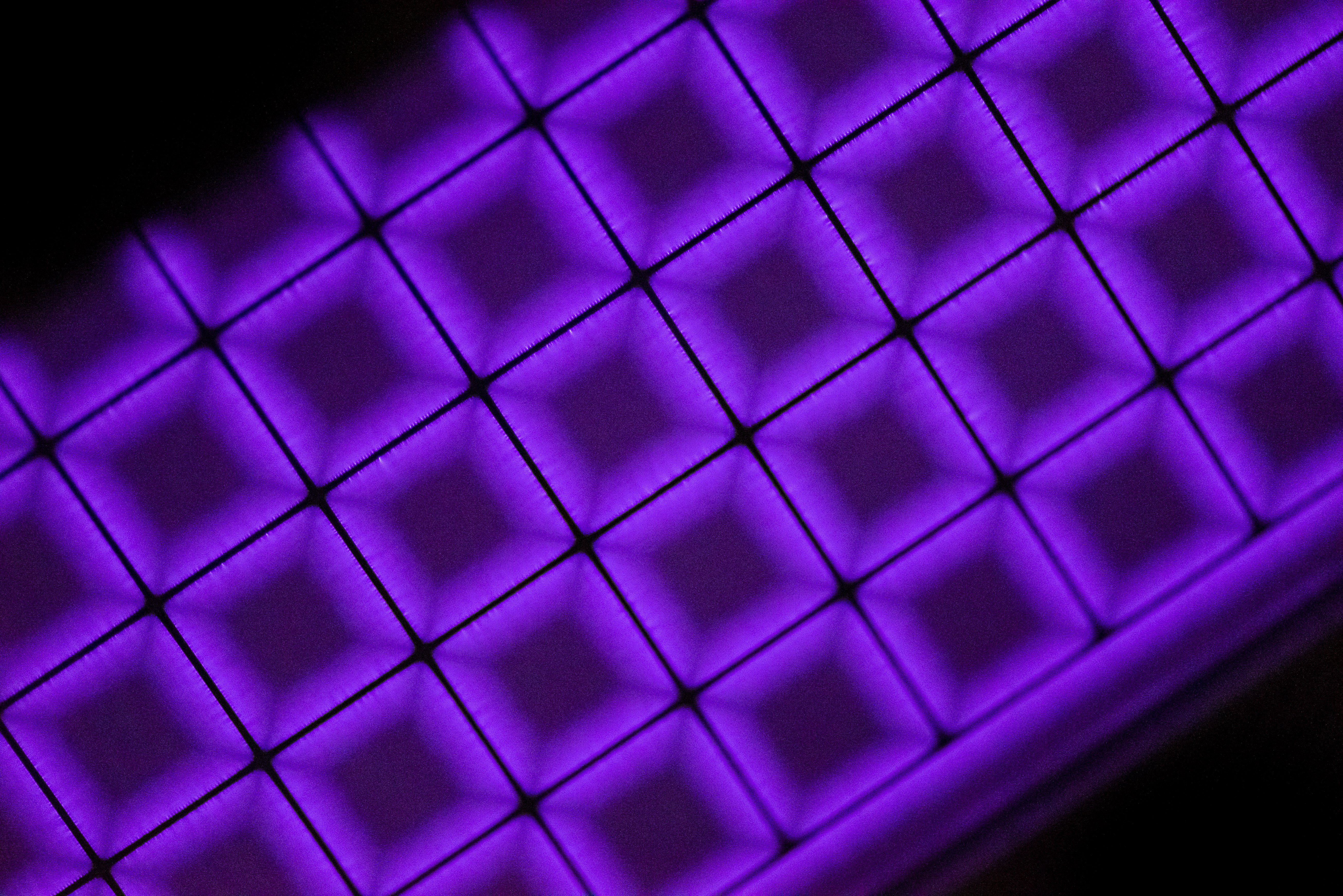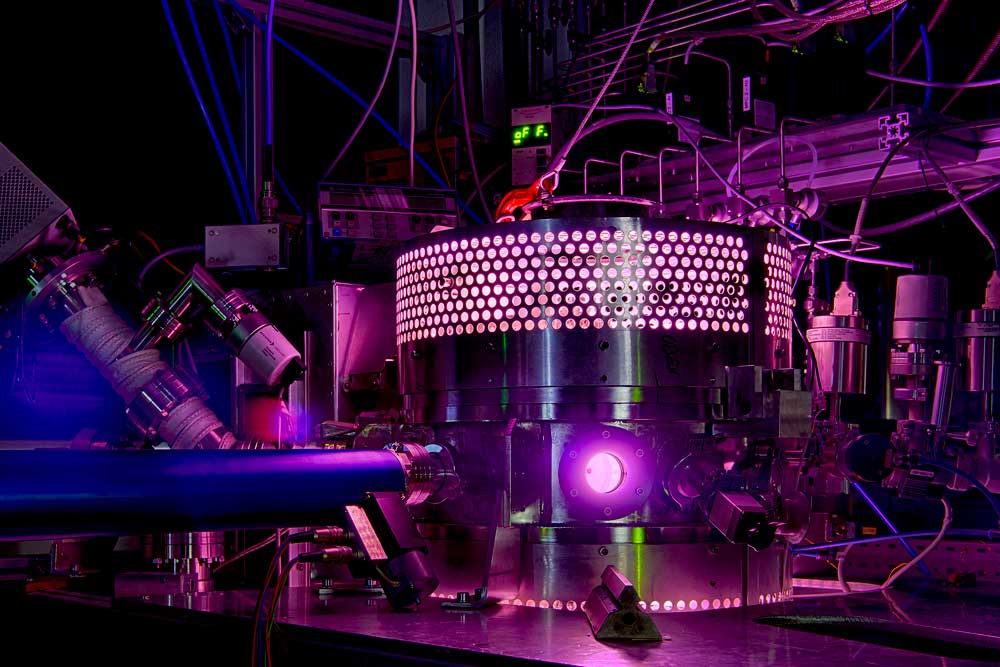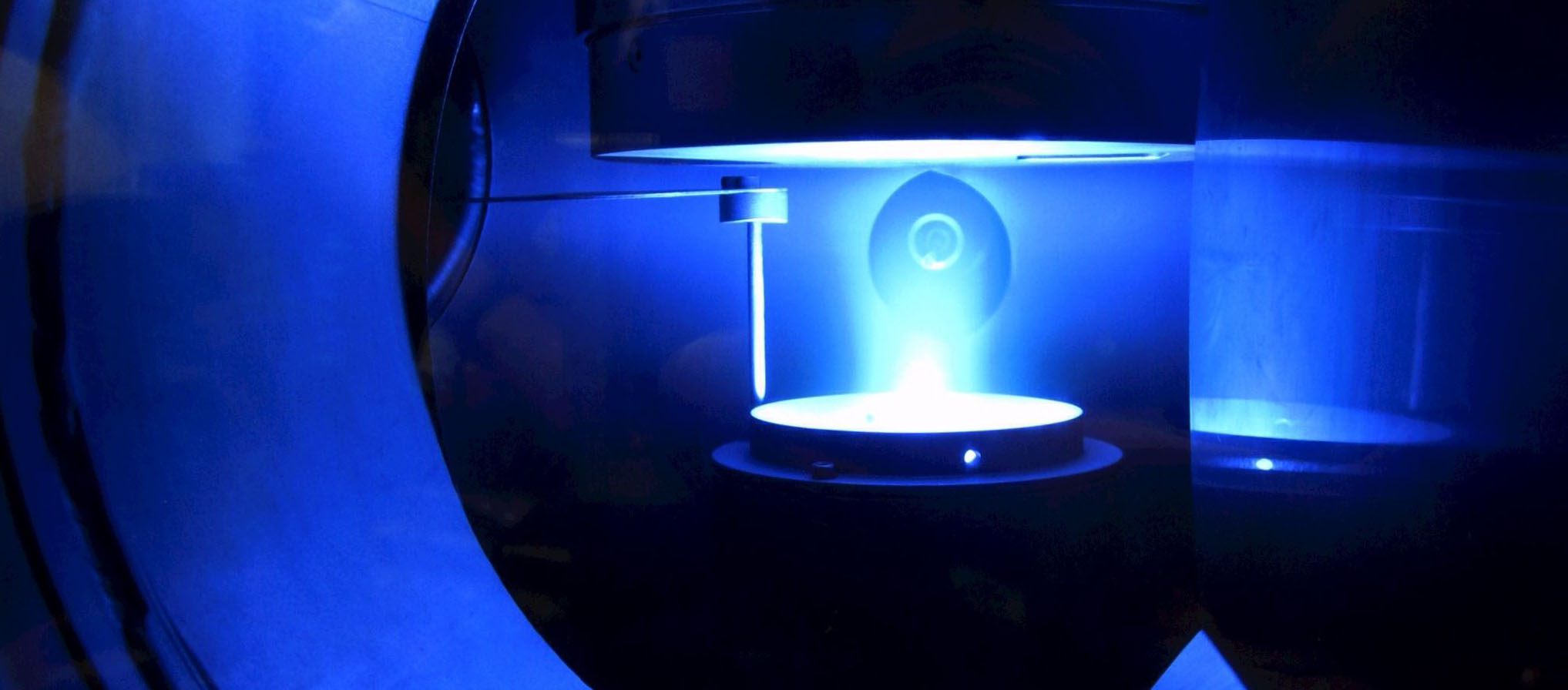Bochumer Plasmaphysiker auf der EPS 2010
Several scientists of the Research Department "Plasmas with Complex Interaction" participated - partly in prominent positions - in the EPS Conference Plasma Physics in Dublin from June 21 - 24, 2010. The conference was attended by a total of about 500 participants, of which about a quarter contributed papers (about 25 talks and 120 posters) in the field of low temperature plasma physics. The other major areas covered by this meeting are fusion - both magnetic and inertial fusion - and the fundamentals of plasma physics, but in which astrophysical issues are also covered.
Prof. Uwe. Czarnetzki from the Institute of Experimental Physics V of the RUB was awarded the "Innovation Prize" of the EPS there and was able to present the underlying ideas of the "electrical asymmetry effect" in a plenary lecture. Prof. Padma Shukla with the topic "Quantum Plasmas" and Prof. Achim von Keudell were invited for further plenary lectures. The latter presented the state of research in the Research Department Plasma of the RUB in the field of "Physics of Microplasmas". Further participants were Prof. Jörg Winter, Prof. Henning Soltwisch, Dr. Volker Schulz-von der Gathen and Brankica Sikimic.
The technical breadth of the conference allowed new impulses to be taken up from previously unconsidered perspectives. In the field of low-temperature plasmas, the dusty or complex plasmas and the microplasmas were represented as focal points, but these were complemented by the magnetron and helicon discharges, which were also investigated in the Research Department. Another lecture presented current results of research within the Physics Department and the research group FOR1123 "Physics of Microplasmas" on the dependence of the concentrations of atomic oxygen and ozone on the flow rate through a microjet. This contribution fitted extremely well with the central theme of surface treatment with 'microjets'. Here, several presentations showed that ignorance of the species present in microjets leads to ambiguous results and evaluations in surface treatment. This is of particular relevance as one of the main applications of microplasmas is seen in the field of biomedicine. Another application area for atmospheric pressure microdischarges seems to be possible modifications of fluxes over surfaces, e.g. airfoils. This could lead to the improvement of flight characteristics, but also a reduction of engine noise.
Numerous discussions, especially at the posters, gave new impulses for our further approach both to the microplasma issue, which is currently central for us, and to new possible diagnostic methods that could be used within the Research Department Plasma.
